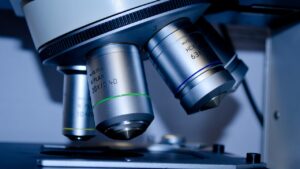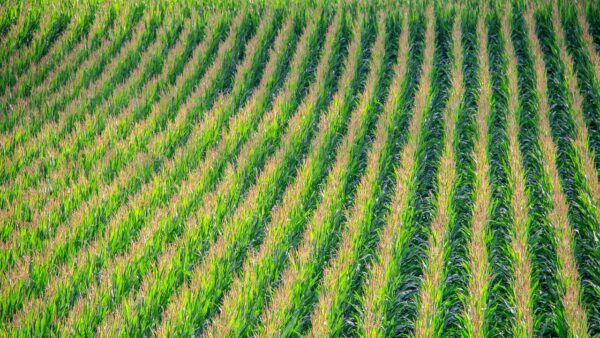The tip of a plant’s root is a place of active cell division followed by cell elongation, with different zones dedicated to different functions, all working together to expand into new depths of the soil. Achieving an optimal root growth rate is critical for plant survival under drought conditions, as well as for maximizing resource allocation to the important plant parts such as the fruits and seeds. This is why root-expansion mechanisms are of great interest to scientists and to those interested in improving agricultural yields.
On a cellular level, as the tips of a plant’s roots expand downward, they must coordinate two different, but related, balancing acts. First between proliferation and strategic inactivation of the stem cells that make up the root’s tip; the strategic inactivation, called quiescence, helps maintain the stem cell niche under stress conditions. Second, between continued stem cell proliferation and the differentiation of these stem cells into elongated, mature cells.
Carnegie Science’s Juthamas Chaiwanon and Zhiyong Wang uncover the mechanisms that control the balance between these aspects — stem cell proliferation, strategic inactivation and differentiation into mature cells — which together determine the rate of root growth. This research was supported by the National Institutes of Health and is published in Current Biology.
“Understanding more about the determining factors underlying the rate of root growth could prove essential to engineering more-efficient crops that grow into the soil with an idealized rate and take up water and nutrients more productively,” Chaiwanon says.
One of the major driving factors of root tip growth discovered by Chaiwanon and Wang is the class of steroid hormones called brassinosteroids, which they found act on a concentration gradient to regulate root growth patterns. Brassinosteroids are found throughout the plant kingdom and regulate many aspects of growth and development, as well as resistance from external stresses.
In many parts of a plant’s physiology, brassinosteroids function cooperatively with another plant hormone called auxin. The two hormones coordinate in several developmental processes, including the differentiation of a plant’s water-transporting vascular system, the elongation of a germinating seeding and many shoot organs.
Now Chaiwanon and Wang’s results show surprisingly that in root tip growth brassinosteroids and auxin work antagonistically, as opposed to their usual synergy. The two hormones were distributed in opposite concentration gradients and had opposite effects on root cell elongation. The balance between their actions regulated a root’s growth rate.
The team identified more than 2,000 genes that are regulated by brassinosteroid and auxin, and about 70 percent of these co-regulated genes responded to brassinosteroids and auxin in opposite directions — being turned on by one and off by the other or vice versa. This demonstrates their antagonistic relationship in roots.
“These findings revise the traditional views of plant hormone interactions,” Wang explains. “We found an elegant example of how in different contexts, the genetic signaling circuits can rewire the relationship between the same chemicals.”












